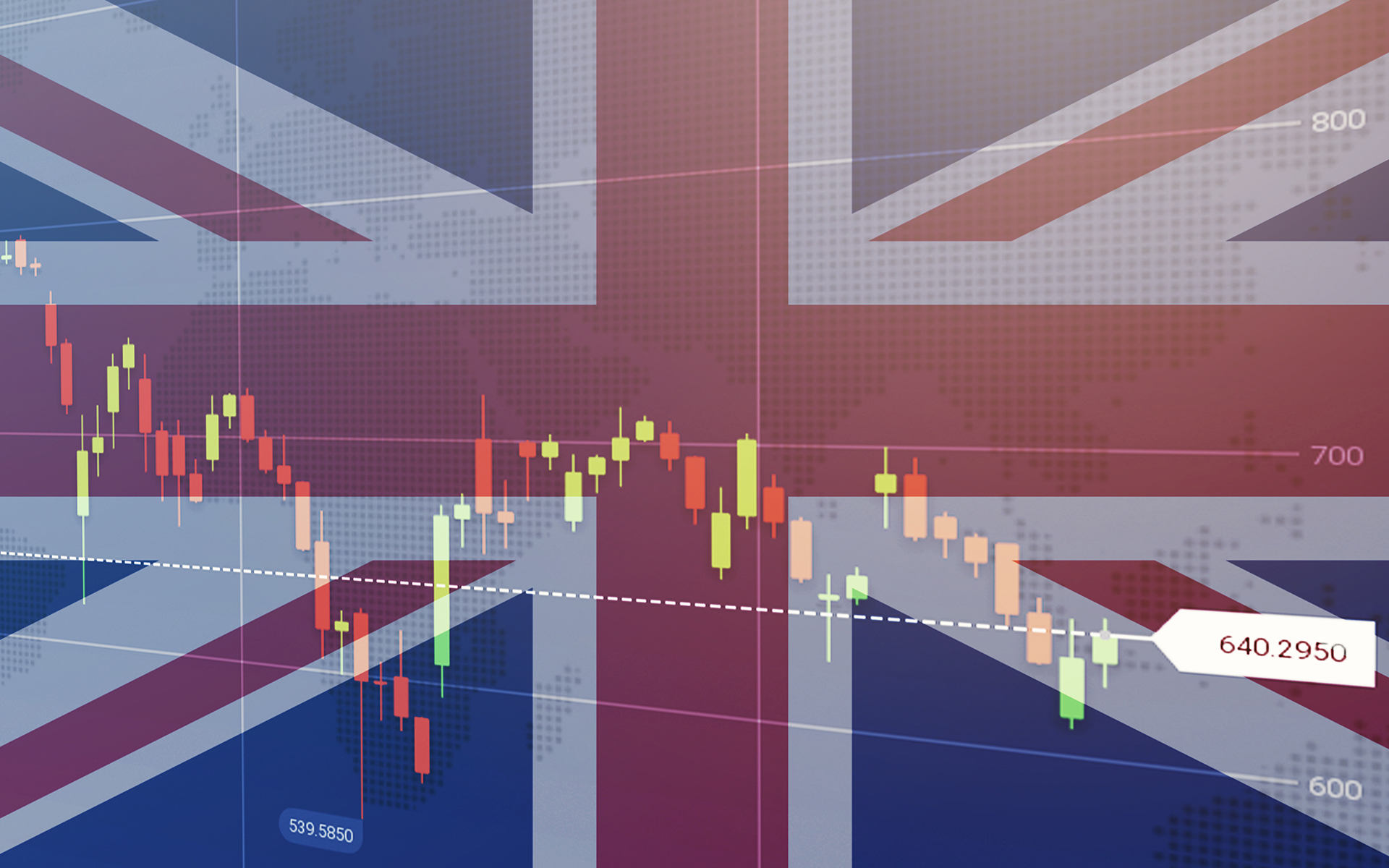Traders can use many different techniques when analyzing the forex market. This article will examine some of the most popular UK forex analysis techniques. We’ll also discuss each technique’s benefits and drawbacks so you can decide which one is best for you. Remember that no single technique is perfect – it’s essential to be flexible and adapt your approach as needed. Let’s get started.
The basics of forex analysis
Before we discuss specific analysis techniques, let’s review the basics of forex analysis. First, you must understand what currency pairs are and how they are priced. A currency pair is simply two currencies that are traded against each other. For example, the EUR/USD pair consists of the euro (EUR) and the US dollar (USD). When you trade this pair, you’re essentially betting on whether the euro will rise or fall against the US dollar.
The cost of a currency pair is determined by many factors, including economic conditions, central bank policy, and global events. As a trader, it’s your job to identify which factors are most important at any given time and to trade accordingly.
Three main types of forex analysis
There are three main types of forex analysis: fundamental, technical, and sentimental.
Fundamental analysis
Fundamental analysis is the process of identifying which economic, political, or other factors are most important in determining the future price of a currency pair. This analysis can be used to trade any currency pair, but it’s beneficial for long-term trades.
The most crucial thing to keep in mind when doing fundamental analysis is that you need to be patient. It can take weeks or even months for economic conditions to change enough to affect the market, and that’s why it’s essential to have a long-term time horizon when trading based on fundamentals.
Technical analysis
Technical analysis tries to identify future price movements based on past price data. This analysis can be used to trade any currency pair, but it’s beneficial for short-term trades.
The most important thing to remember when doing technical analysis is to be flexible. The market is constantly changing, and new data is continually becoming available, which means that your technical analysis needs to evolve as well constantly.
Sentiment analysis
Sentiment analysis tries to identify whether the market is bullish or bearish on a particular currency pair. This analysis can be used to trade any currency pair, but it’s beneficial for short-term trades.
An important thing to remember when doing sentiment analysis is to be careful not to get caught up in the noise. The market is always full of conflicting opinions, and it can be easy to lose sight of your analysis. Stick to your plan, and don’t let emotions get in the way of your trading.
Trading psychology
Trading psychology is the process of trying to identify your own emotions and biases and how they might affect your trading. This analysis can be used to trade any currency pair, but it’s beneficial for long-term trades.
One of the most important things to keep in mind when doing trading psychology is that you need to be honest with yourself. It’s easy to convince yourself that you’re a better trader than you are.
How to start forex trading
Now that you know the basics of forex analysis, you might wonder how to start forex trading. The good news is that it’s not difficult to get started, and you only need a computer and an internet connection.
There are two main ways to trade forex: a broker or a bank. We recommend starting with a broker if you’re new to forex trading. Brokers offer lower fees and commissions and provide more educational resources and customer support than banks.
We recommend checking out online reviews and comparing fees and commissions to find a reputable broker. Once you’ve found a broker you’re comfortable with, you can open an account and begin trading.
In conclusion
In conclusion, forex analysis is the process of identifying which economic, political, or other factors are most important in determining the future price of a currency pair. There are three main types of forex analysis: fundamental, technical, and sentimental. Each has its strengths and weaknesses, which can be used to trade any currency pair.













